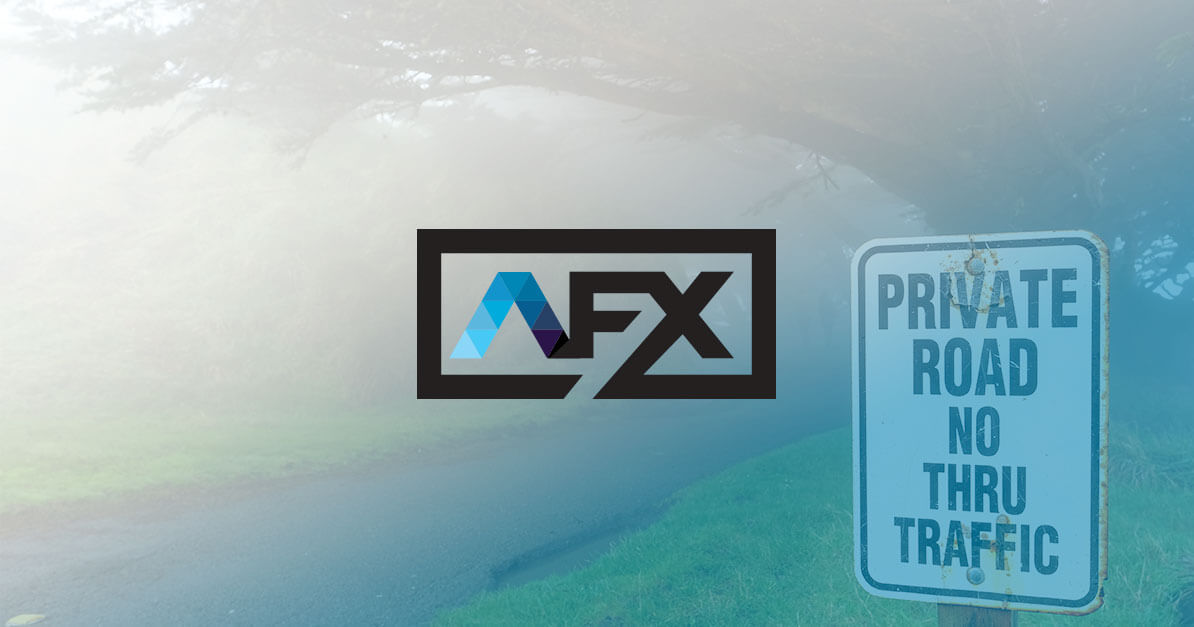
Increase Conversions with the Fogg Behavior Model
Let’s learn how to increase conversions. BJ Fogg, PhD is a behavior scientist at Stanford University.
Fogg has dedicated his career to studying human behavior and has also spent time consulting with a variety of tech companies in Silicon Valley on how to .
He has a deep understanding of why humans do or do not change behavior and has distilled that knowledge into the “Fogg Behavior Model.”
From his website:
In written form, my model looks like this:
B=MAP
Here’s the simplest way to explain it: “Behavior (B) happens when Motivation (M), Ability (A), and a Prompt (P) come together at the same moment.”
This model identifies how these three elements must be at play in order for the desired behavior to occur. In this case, you might be looking to increase conversions.
When a behavior doesn’t happen (like clicking on an ad, or purchasing a product) you can guarantee that one or more of the three elements (Motivation, Ability, or Prompt) isn’t working properly.
You can see how this model is a powerful tool to understand at a fundamental level why users aren’t engaging in the desired behaviors with your business.
Each of the three primary elements consists of smaller components. Let’s break them down.
The motivation that will increase conversions
The element of motivation is composed of three core drives: sensation, anticipation, and belonging. Each one fits into a clear category of physical, emotional, or social.
-
Sensation
Sensation is the physical, tangible level of motivation. We instinctually engage in things that bring us pleasure, while avoiding things that bring us pain. If you offer incentives when users perform a certain behavior, that physical motivation gets a boost.
-
Anticipation
Anticipation is the more emotional level of motivation, which typically consists of feelings like hope and fear. Hope is a powerful motivator. You can harness it by giving users a sense of Epic Meaning(the draw to be a part of something bigger than yourself, something that truly means something). In addition, creating anticipation for your content makes it even more attractive to potential users.
Consider how you can leverage anticipation through results-driven content, products, and services. If your audience has a problem, but you give them hope for a solution, they’ll be motivated to engage with your business to achieve those results.
-
Belonging
Belonging is the social level of motivation. No one wants to feel rejected or left out, creating a sense of community motivates users to participate. When users are part of an active community, not only do they more eagerly engage with content, but they look to other community members to interact with as well.
Increase Cconversions with Ability
The element of ability consists of six factors, or ability blockers—things that stand in the way of a user being able to achieve the behavior.
Ideally, you want to craft your marketing content with these roadblocks in mind.
If your conversion rate is suffering, these factors can be used to understand why your users are unable to take the steps you want them to take.
-
Time
It’s easier to perform a behavior that can be done quickly, versus one that takes an extended amount of time. Consider how time-intensive the desired behavior is. For example, how many fields do you require a visitor to complete to join your email list? Most often, less is more.
-
Money
This one may seem obvious, but behavior that costs less is easier to undertake than one that is more expensive. Your product or service needs to be cost appropriate in the mind of the user.
-
Physical Effort
Users are less likely to complete a behavior that takes significant physical effort, rather than one that requires less effort.
In the digital world this means the fewer clicks the better.
-
Mental Cycles
If behavior is mentally complex, many users won’t even attempt it.
Make all of your marketing materials, your website, as simple and clear as possible.
Everything should be easy to read, direct, and with clear calls to action.
-
Social Deviance
Are you asking users to engage in behavior that is socially unacceptable? Hopefully not!
This one shouldn’t be an issue for you.
-
Non-Routine
Users are more likely to engage in behaviors that are routine and familiar. If you’re asking them to do something they’ve never done before, expect more resistance. There is comfort in familiarity.
Make sure your user experience is in line with how people tend to engage with websites.
Triggers that will increase conversions
Also commonly known as a “call to action,” a trigger is something that prompts the target behavior to take place.
The Fogg Behavior Model identifies three distinct categories of triggers, and each consists of different combinations of motivation and ability.
When driving your audience towards your CTA, implement the trigger type that is most appropriate for your target user’s situation a key factor to increase conversions.
-
Facilitator
Use when there is High Motivation and Low Ability. Clearly explain how to take the desired action like you’re communicating to a young child. For example, this might be applicable when marketing to an elderly audience who may be less comfortable in the online space than the average person.
-
Signal
Use when there is High Motivation and High Ability. This trigger is the easiest and could be as simple as putting a CTA button in the right place.
-
Spark
Use when there is Low Motivation and High Ability. You’ll need to tap into the emotions of your users and demonstrate value. Keep it brief, keep it simple, and keep your ask to a minimum.
A Chain Reaction that will increase conversions
The key to making your trigger effective is to set up a streamlined chain. This applies regardless of which type of trigger is being used. An effective trigger engages users in an easy first step. It can then lead to them converting for higher margin products later. Think low barrier for entry and expand from there.
This can be understood by how businesses use sales or promotions to simply get people in the store. Once the customers are in the store to buy a sale item, they’ll be more likely to pick up some other things while they’re there.
Implementing the chain properly will also result in a resistance-free form of persuasion. It takes a user from a simple task to a more involved level of engagement without feeling forced.
You wouldn’t ask someone to marry you without first asking them to go on a date, right?
In closing, with a solid understanding of these fundamental behavioral concepts, you now have a fortified foundation upon which you can implement your preferred marketing tools, tactics, and strategies and hopefully increase conversions.
Contact Us to learn how we can help you to achieve your business goals. Or, learn more about our services today.



